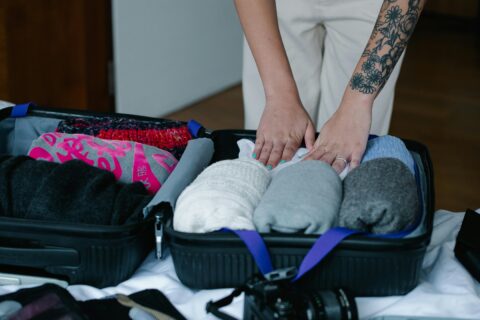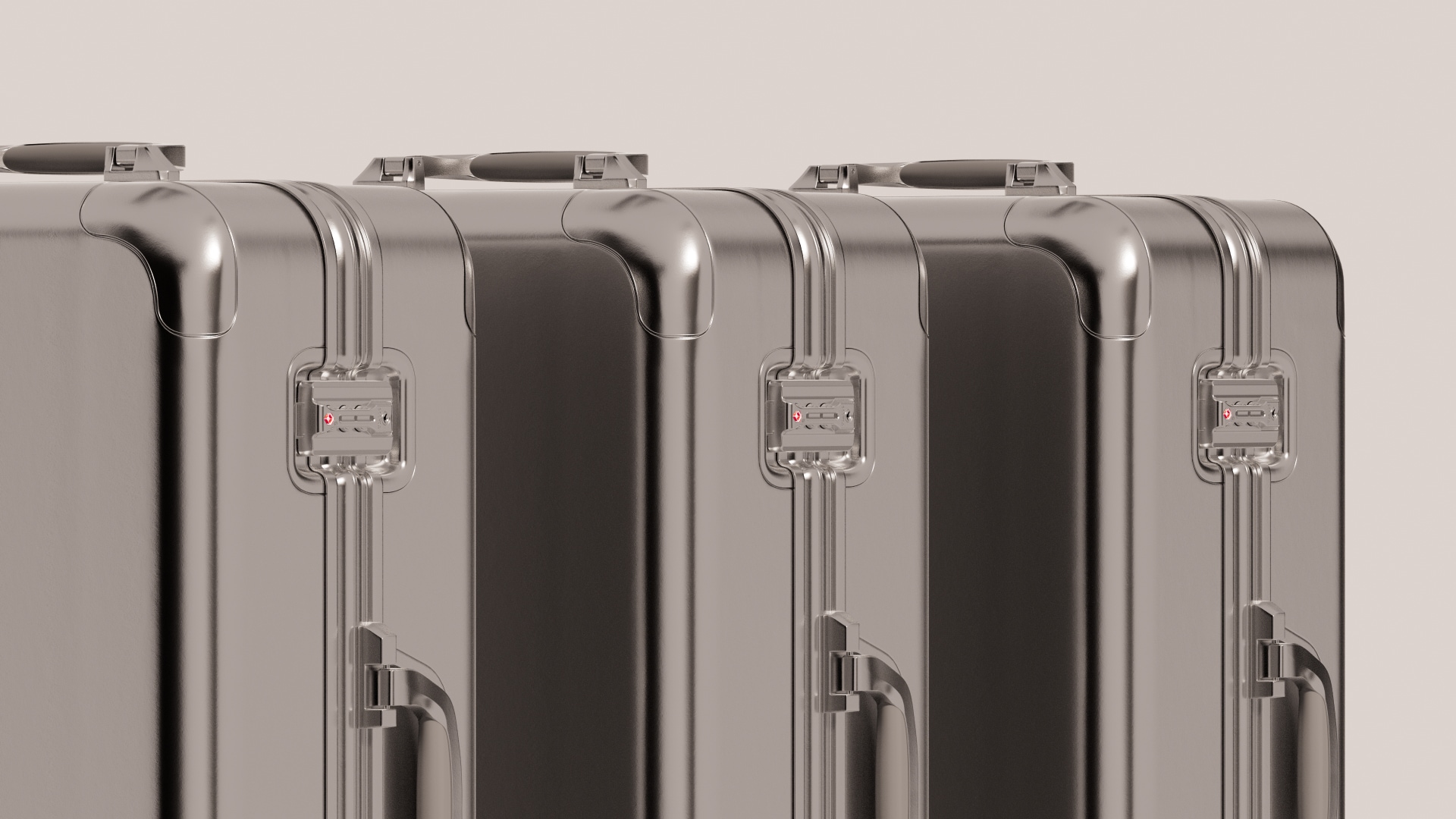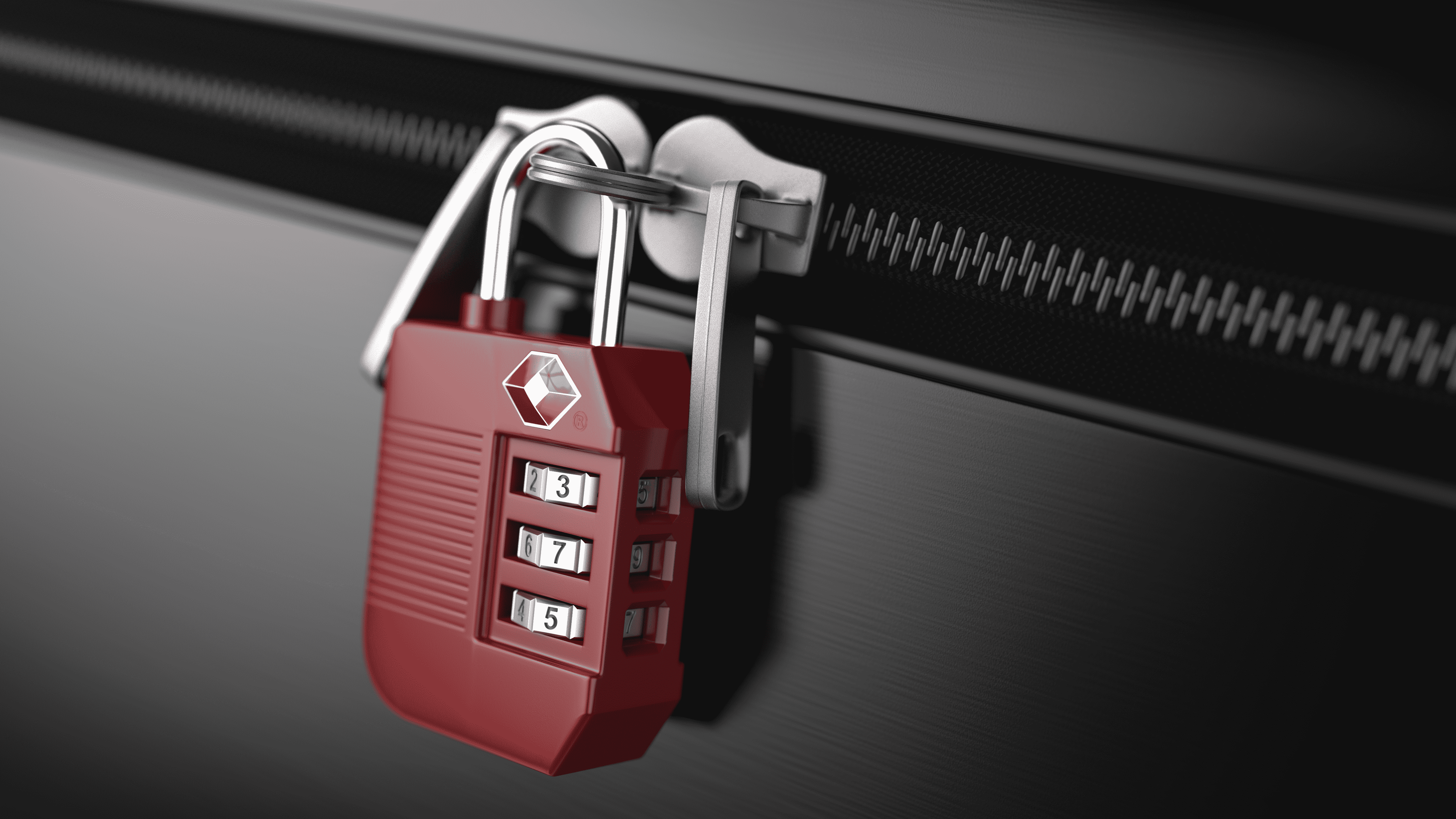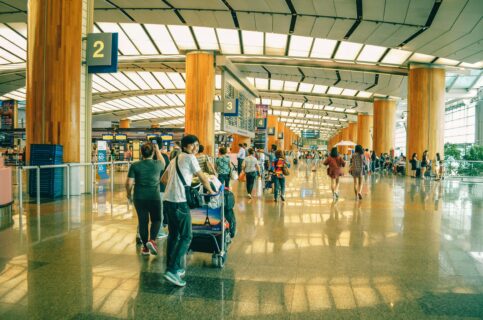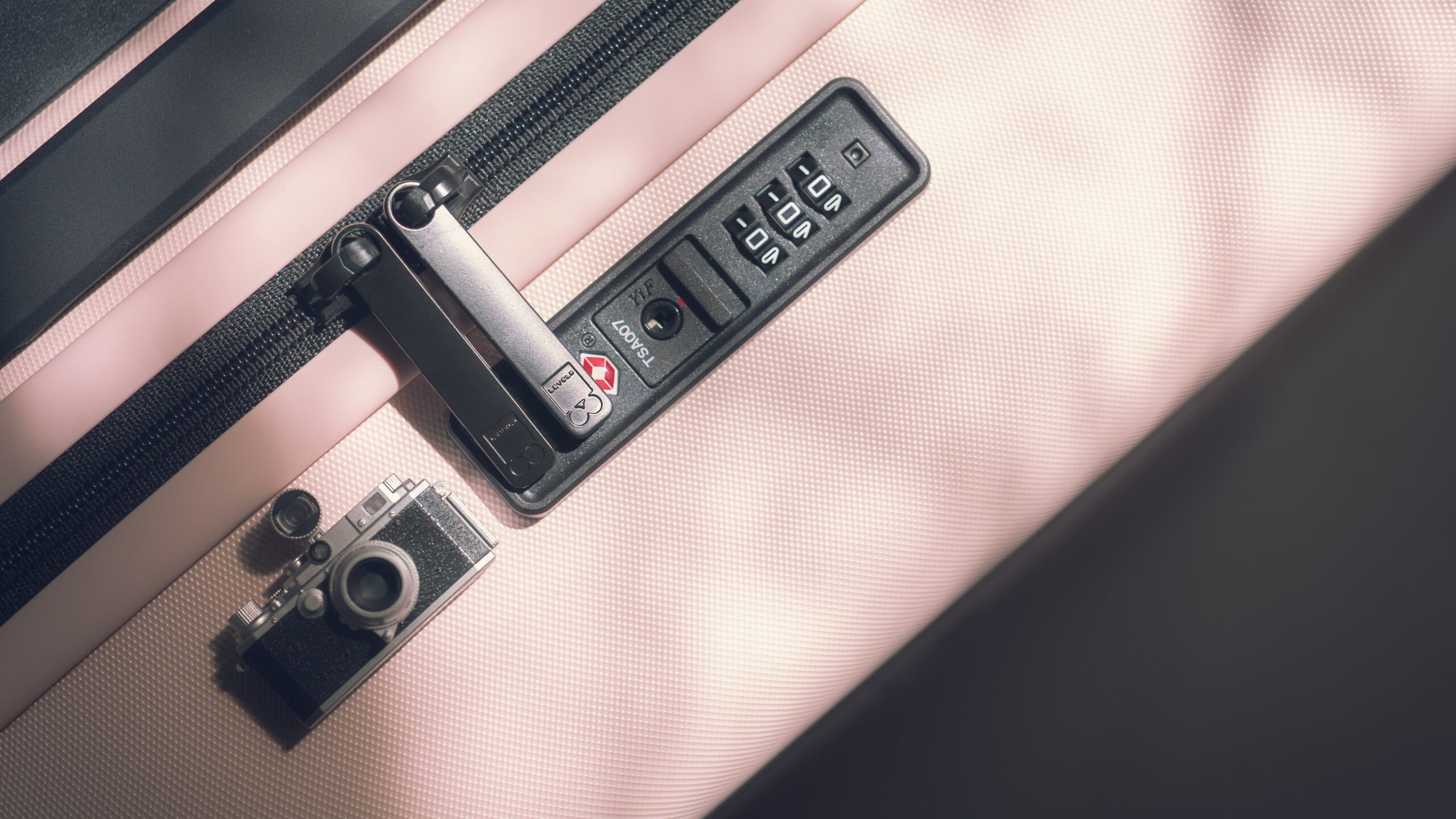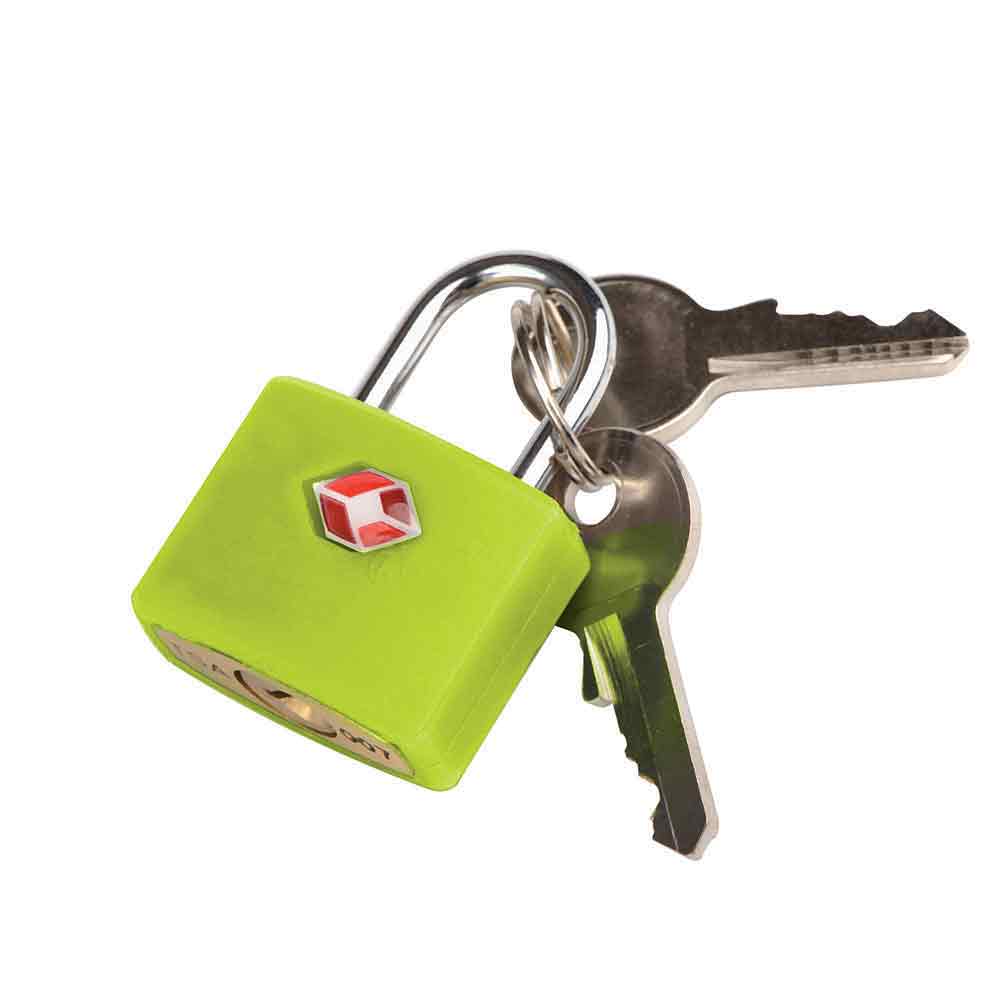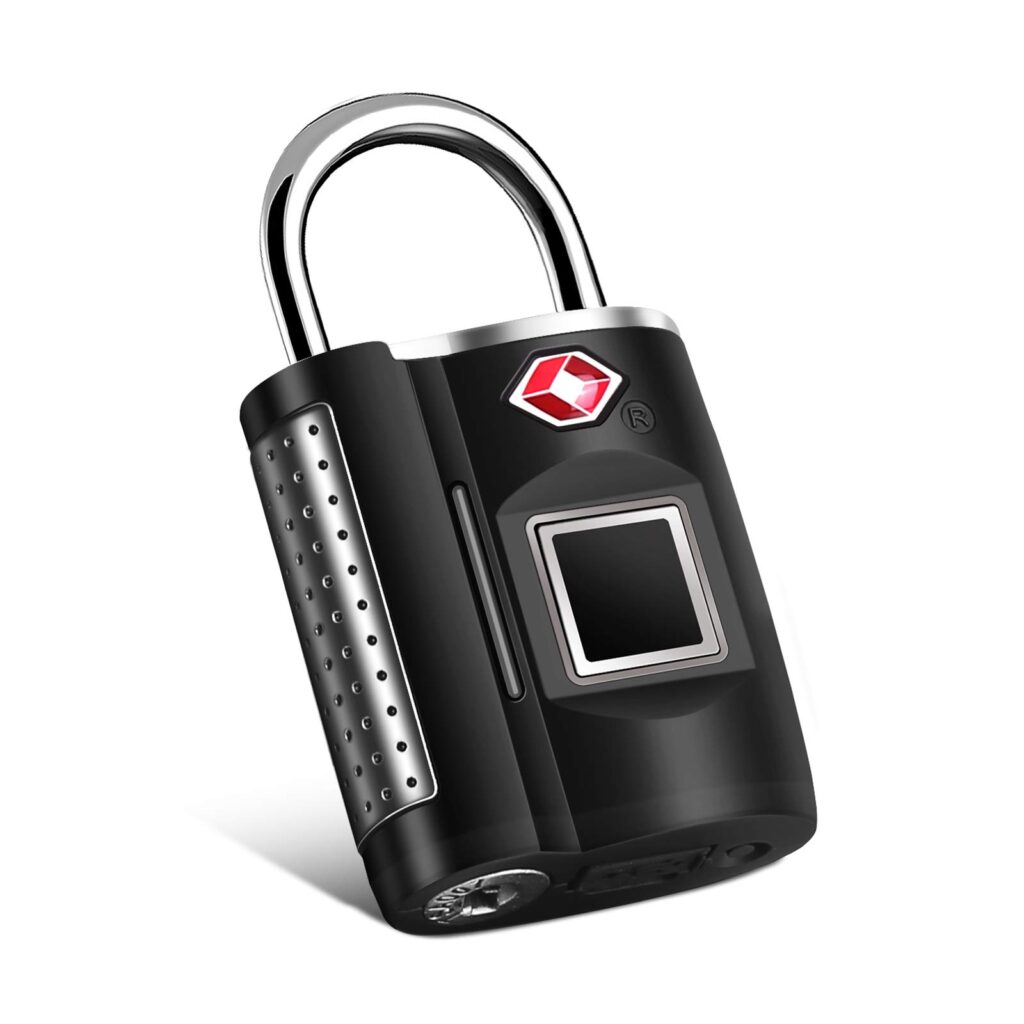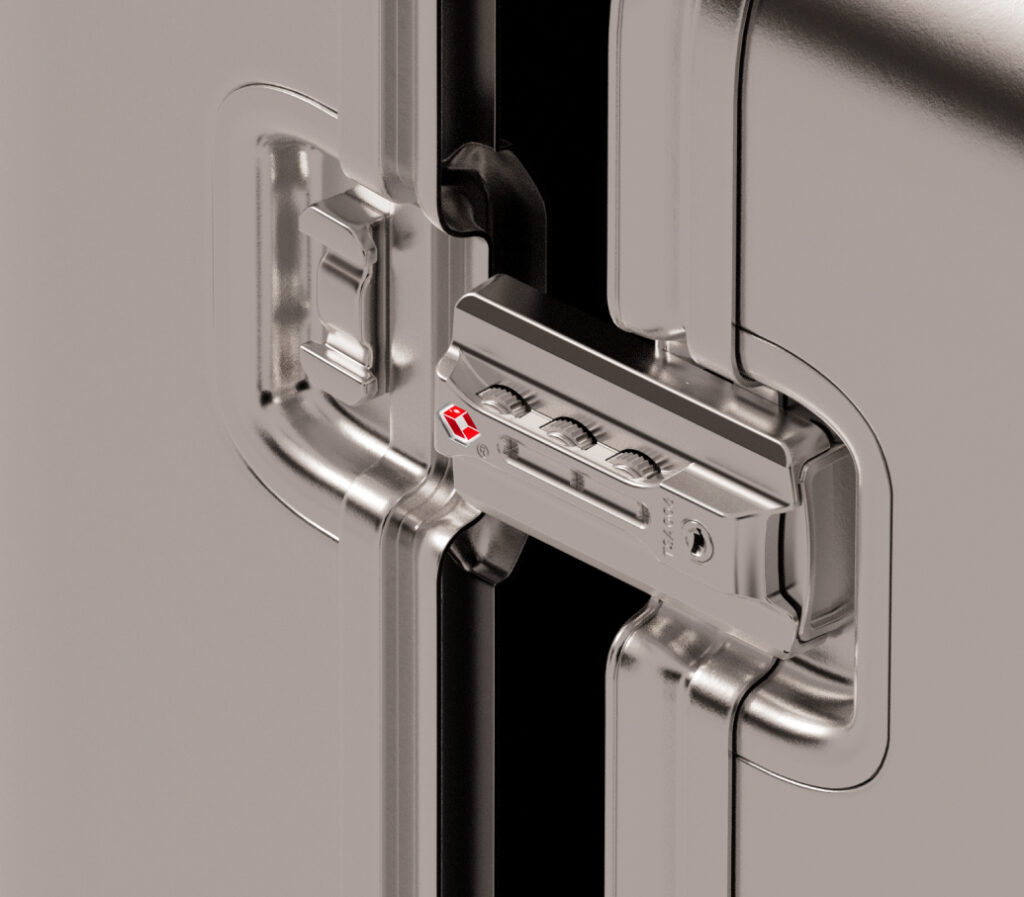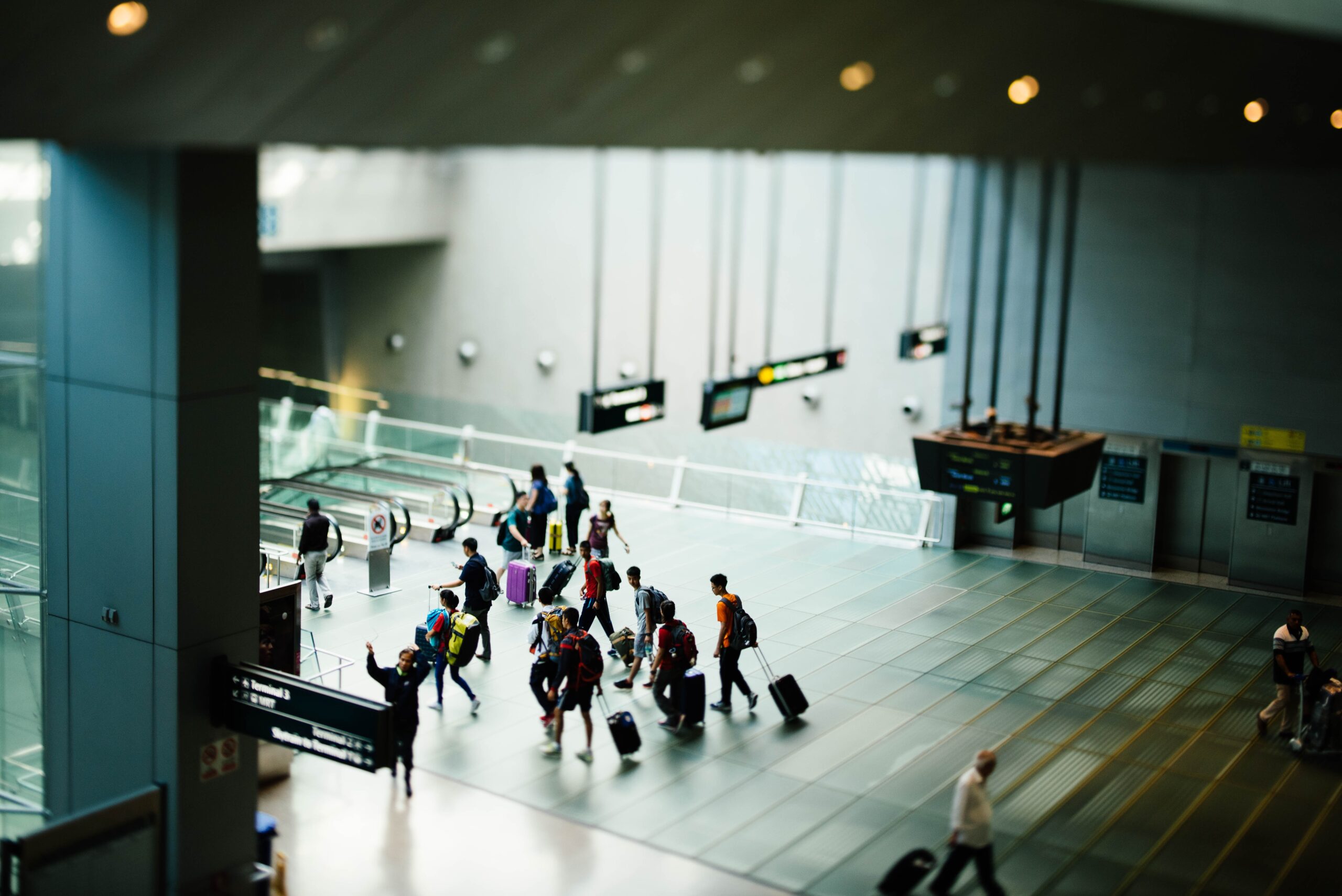How to Use a Travel Pillow: Mastering the Art of Comfort
Travelling can be exhausting, especially when it involves long flights or road trips. One of the most essential items for a comfortable journey is a travel pillow. However, many people struggle with using a travel pillow effectively, leading to discomfort and neck pain.
In this article, we will discuss the art of travel neck pillow comfort and how to use it to make your travels more enjoyable.
Choosing the Right Pillow
The first step to mastering the art of travel pillow comfort is choosing the right pillow. There are various types of travel pillows available, such as inflatable, memory foam, and microbead. Each type offers different levels of support and comfort, so it’s essential to choose one that suits your needs.
Consider factors like the length of your journey, your preferred sleeping position, and any neck or back issues you may have. Here’s our guide to travel pillows:
Inflatable Travel Pillow

An inflatable travel pillow can be a convenient option for travellers due to its compact size and portability. Here are some pros and cons to consider:
Pros:
1. Portability: Inflatable travel pillows are lightweight. They can easily deflate, making them easy to carry in your luggage or backpack.
2. Adjustable firmness: These pillows usually come with a valve that allows you to adjust the level of inflation. This means you can customise the firmness to your liking.
3. Space-saving: When deflated, inflatable travel pillows take up minimal space. This makes them a great option for travellers with limited luggage space.
4. Easy to clean: Most inflatable travel pillows use materials that are wipeable and easy to clean. This means you can ensure hygiene during your journey.
Cons:
1. Comfort: Inflatable travel pillows may not provide the same level of comfort as traditional neck pillows. Especially those filled with foam or microbeads.
2. Noise: Some users may not like the noise of the air valve or the rustling of the plastic material. This can often be distracting or bothersome during sleep.
3. Durability: The durability of inflatable travel pillows can vary depending on the quality of the materials used. Cheaper options may be more prone to leaks or punctures.
4. Inflation/Deflation: Inflating and deflating the pillow may require some effort. Especially if you don’t have access to a pump. It can be time-consuming and inconvenient.
Overall, inflatable travel pillows can be a good option if you prioritise portability and space-saving. However, if comfort is your main concern, you may want to consider other types of travel pillows. Especially those that provide more support and cushioning for your neck and head.
Memory Foam Travel Pillow

Memory foam pillows are a popular choice for travel. This is due to their ability to conform to the shape of your neck and provide optimal support. Here are the pros and cons of using a memory foam travel pillow:
Pros:
1. Comfort: Memory foam pillows provide superior comfort. The foam moulds to the shape of your neck and provides excellent support, reducing strain and promoting better sleep.
2. Pressure Relief: The memory foam material evenly distributes pressure. This relieves any tension or discomfort in your neck and shoulders. This can be particularly beneficial during long flights or road trips.
3. Durability: Memory foam pillows are typically more durable than inflatable options. Designed to withstand regular use and maintain their shape over time.
4. Hypoallergenic: Memory foam pillows are resistant to dust mites and other allergens. This makes them a suitable choice for individuals with allergies or sensitivities.
Find our perfect rest travel pillow here and our full comfort pillow here.
Cons:
1. Bulkiness: Compared to inflatable travel pillows, memory foam pillows can take up more space in your luggage. This may be a drawback if you have limited packing space.
2. Weight: Memory foam pillows are generally heavier than inflatable ones. If you prefer lightweight travel essentials, a memory foam pillow may not be the best option.
3. Not Adjustable: Unlike inflatable pillows, memory foam pillows are not adjustable in terms of firmness or height. This means you may need to experiment with different pillows to find the one that suits your preferences.
4. Cleaning: Memory foam pillows can be more challenging to clean compared to inflatable ones. They typically cannot be machine-washed and require spot cleaning or gentle hand-washing.
Overall, memory foam pillows offer excellent comfort and support for travel. However, they may not be the most practical option in terms of portability and adjustability. It ultimately depends on your personal preferences and priorities when choosing a travel pillow.
Wrap Around Travel Pillow

A wrap-around travel pillow is a type of travel pillow that wraps around your neck. It provides support and comfort during your journey. Here are the pros and cons of using a wrap-around travel pillow:
Pros:
1. Support: A wrap-around travel pillow provides 360-degree support to your neck, helping to prevent neck strain and discomfort.
2. Versatility: This type of travel pillow is adjustable to provide support in different positions. This can include sitting upright or leaning to one side.
3. Comfort: The wrap-around design offers a snug fit, ensuring that the pillow stays in place. It also provides continuous comfort throughout your journey.
4. Added features: Some wrap-around travel pillows come with additional features. These can include a built-in hood or pockets to hold small items like earphones or a phone.
Cons:
1. Bulkiness: Wrap-around travel pillows can be bulkier than other types of travel pillows. This may make them less convenient to pack in your luggage.
2. Limited portability: The wrap-around travel pillows may not be as portable as inflatable pillows due to their size.
3. Adjustability: While wrap-around travel pillows offer good support, they may not be as adjustable. meaning firmness or height can not change compared to inflatable pillows.
Overall, wrap-around travel pillows offer excellent support and comfort for your neck during travel. However, they may be bulkier and less portable compared to other types of travel pillows. Consider your personal preferences and priorities when choosing a travel pillow that suits your needs.
Proper Placement
Once you have chosen the right pillow, it’s crucial to place it correctly for maximum comfort. Many people make the mistake of placing the pillow behind their head, which can cause their head to fall forward, leading to neck pain. Instead, place the pillow on your shoulder and lean your head towards it. This position will support your neck and keep your head from falling forward.
Adjusting the Pillow
Another essential aspect of mastering travel pillow comfort is adjusting the pillow to fit your body. Most travel pillows come with adjustable straps or toggles that allow you to customise the fit. Make sure the pillow is snug against your neck and shoulders, but not too tight. You should be able to move your head comfortably without the pillow slipping or shifting.
Finding the Right Sleeping Position
People have different sleeping positions, it’s essential to find the one that works for you with a travel pillow. Some people prefer to lean their head against the window, while others prefer to rest their head on the tray table, or maybe your seat preference isn’t available. Experiment with different positions to find the one that offers the most support and comfort for your neck and back for any situation.
Additional Support
If you have trouble finding a comfortable position with just a travel pillow, you can use additional support. For example, you can use a blanket or scarf to support your lower back. Alternatively place a small pillow or rolled-up jacket under your knees to relieve pressure on your lower back.
Practice Makes Perfect
Like any skill, mastering the art of travel pillow comfort takes practice. Don’t get discouraged if you don’t get it right on your first try. Keep experimenting with different positions and adjustments until you find what works best for you. With time, you will become a pro at using a travel pillow and enjoy a comfortable journey every time.
Other Travel Accessories to Maximise Comfort
There are a range of accessories available to make your travelling experience more comfortable. Here are some of our suggestions.
Contouring Eye mask

An eye mask can help block out light and create a darker sleeping environment, allowing you to rest better during your journey.
View our contouring eye mask here.
Earplugs or noise-cancelling headphones
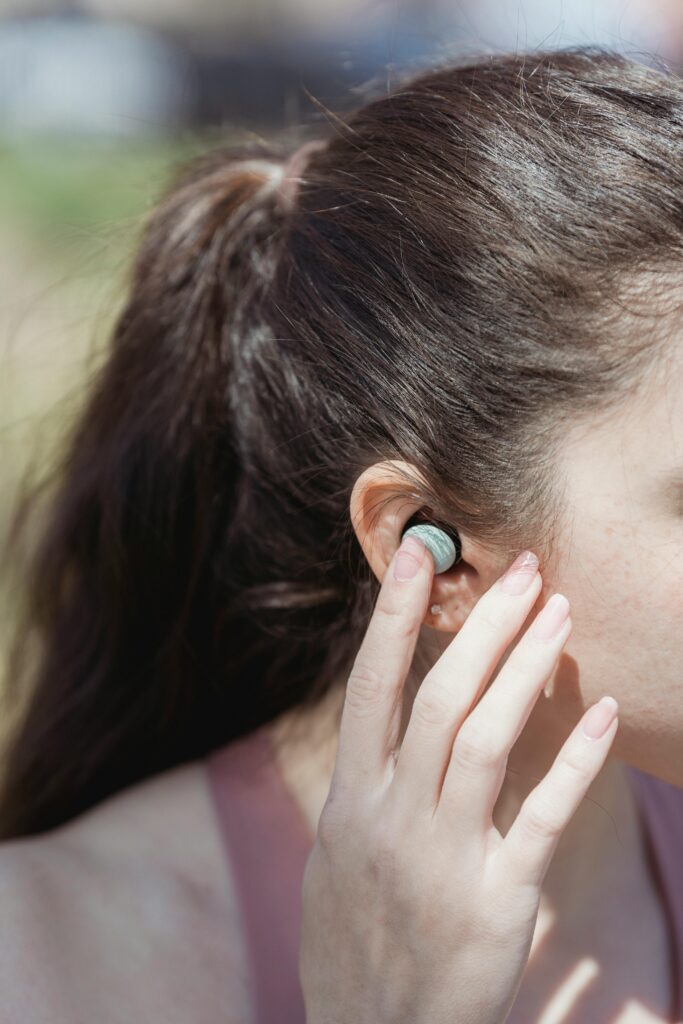
These can help minimise noise and create a quieter atmosphere, especially during flights or in noisy environments.
Travel Blanket
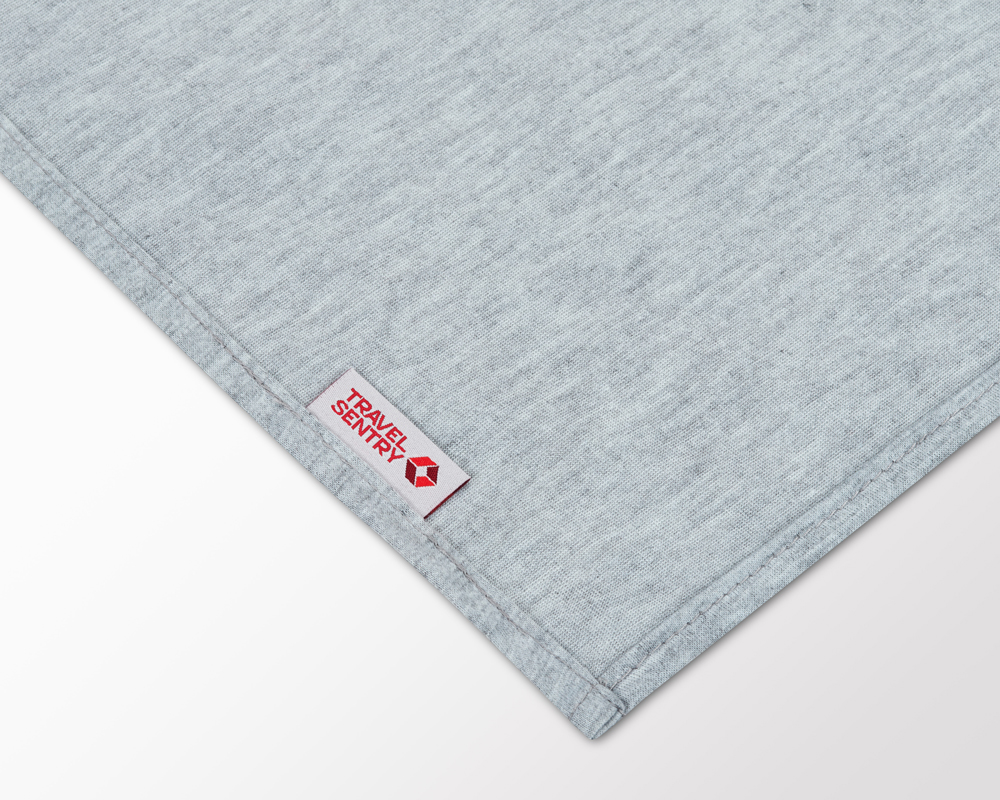
Having a cosy travel blanket can provide extra warmth and comfort during long journeys. Especially on planes or trains where temperatures can vary.
View our travel blanket here.
Compression socks

Compression socks help improve blood circulation and reduce swelling in the legs during long periods of sitting, such as on flights or road trips.
Travel Foldable Slippers

Having a pair of comfortable travel slippers can make walking around in airports or hotels more pleasant and hygienic.
View our foldable travel slippers here.
Remember to choose travel accessories that suit your preferences and needs. These additional items can enhance your comfort and make your travel experience more enjoyable.
Concluding How to Master You Travel Pillow
By following these tips, you can master the art of travel pillow comfort and make your travels more enjoyable. Remember to choose the right pillow, place it correctly, adjust it to fit your body, and find the right sleeping position. With these techniques, you can say goodbye to neck pain and hello to a comfortable journey.
Do you have any other tips for using a travel pillow? Share them with us in the comments below. Alternatively view all of our travel accessories on our website.

